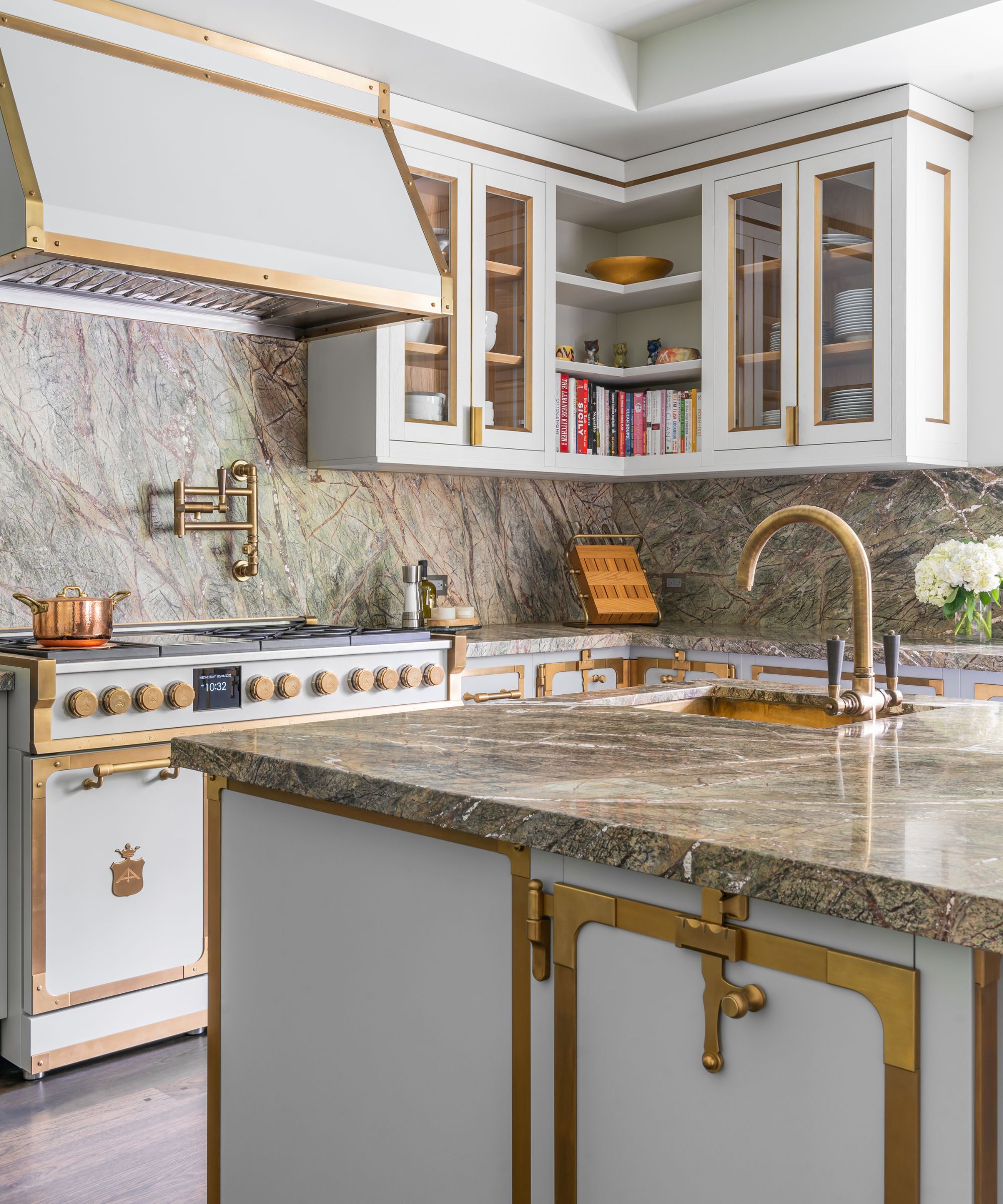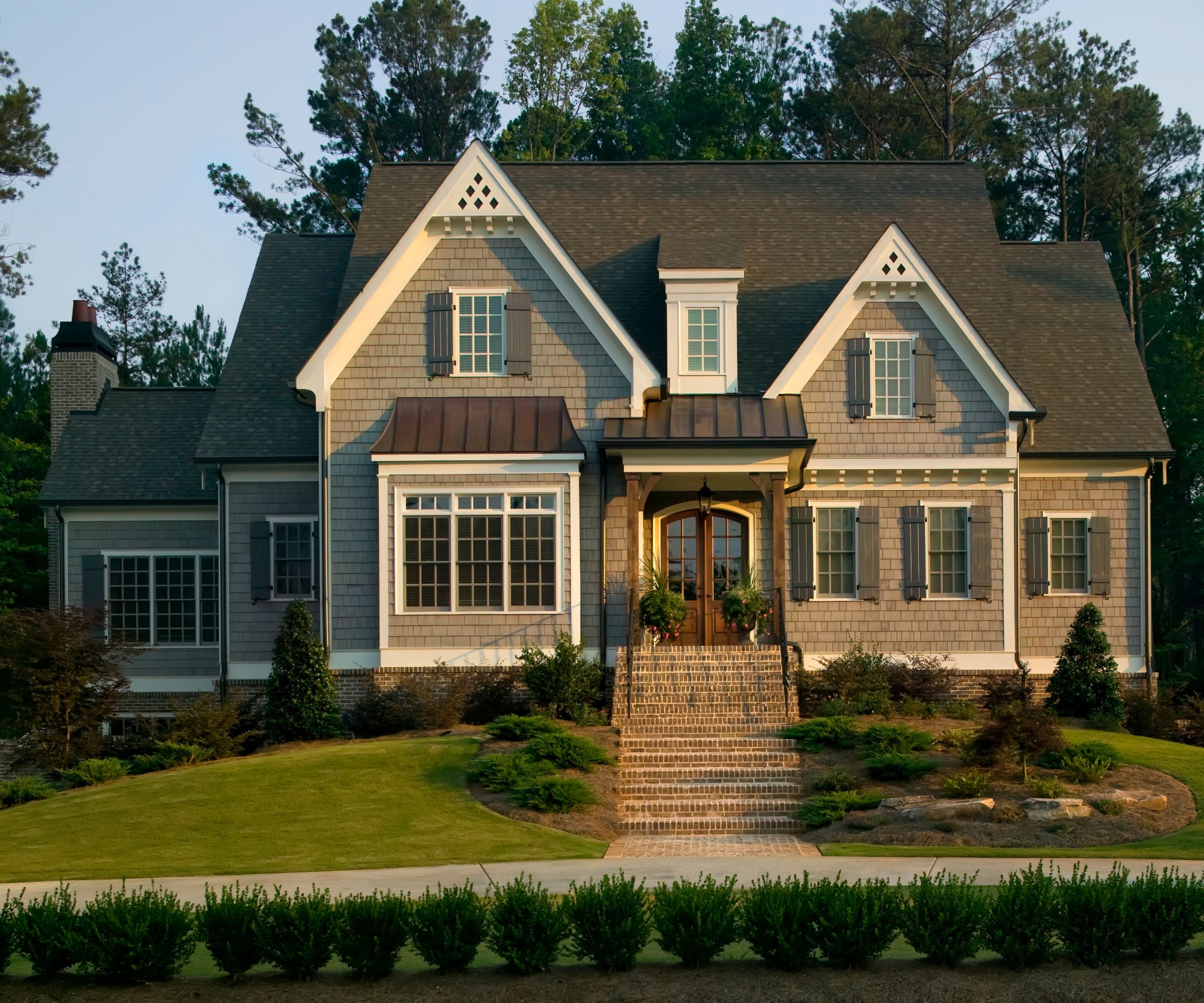
To complete a home renovation successfully, knowing what the most frequent remodeling mistakes are along with how not to fall into the same traps is a must. Understanding what can go wrong can avoid overspend, delays, and heartache.
Whether you’re renovating the whole house or taking on projects on individual rooms, remodeling needs careful planning and execution to get the desired results on budget and on time, and for that knowhow is essential.
To help illuminate the ways remodeling can go wrong we asked experts to share the mistakes they come across most often and give their advice on avoiding these common missteps.
10 most frequent remodeling mistakes
Home renovation experts see many of the same errors made again and again when a home is remodelled. But draw on their expertise and you can avoid falling into the same old traps.
Take time before a remodel to plan and budget, and to find the right pros, and any project will run more smoothly.

1. Underestimating costs
It’s crucial to draw up a budget for any remodel. ‘One of the most common mistakes is not setting a realistic budget, which results in overruns that are often stressful,’ says interior designer Artem Kropovinsky. ‘Avoid this by obtaining precise quotations and allocating at least 20 percent of a contingency fund in case of any unidentified costs.’
Pete Evering of Utopia Management agrees. ‘One of the most expensive mistakes anyone can make when remodeling a house or any part of it is not setting the budget ceiling high enough for unexpected costs,’ he says. ‘This often results in unfinished projects that will cost more in the long run when you do decide to complete them.
‘So, always set a comfortable budget ceiling and prepare yourself for the worst. This allows you to manage your expectations and focus on projects that you can realistically pay to see through at any moment.’
2. Not researching professionals
Take time to meet and ask contractors the right questions before agreeing to hire them to swerve problems later on.
‘A mistake that goes right along with the budget one is when homeowners hire the first contractor they meet for the job,’ says licensed realtor and president of FL Cash Home Buyers Omer Reiner.
‘That contractor might say they can meet your budget (once you set a realistic one), but how can you be sure? Talk to at least three contractors for every aspect of your reno, get reviews from past clients and ensure they have experience in exactly the type of work and design you desire.’

3. Failing to consult the right pros
Drawing on the expertise of the relevant pros is important if you want to avoid mistakes when you’re remodeling. Knowing how to work with an interior designer or architect can bring great results.
‘While many times it seems like a savvy, cost-saving move to design the space on your own, it can lead to more costly mistakes when the space starts coming together but does not reflect your vision,’ says Gursimer Kaur, architectural coordinator at CLV Group.
‘Professional designers and architects can help you with modeling plans and have the expertise to know what will work and what will not be feasible according to the structure of your home.’
4. Not factoring in space use
For a remodel you’ll be delighted with, it’s important to think about use as well as the look of the area.
‘When doing a remodel, make a wish list before you speak with a designer so you help yourself think through how you will use the space,’ advises Noelle Harvey, owner, principal designer and creative director of Sunday House.
‘For example, in a kitchen remodel, if you hate reaching up high for things, don’t put in high cabinets and install deep drawers instead. If you are constantly entertaining, where do you prefer to serve food from? These are things a designer can help with, but you have to help them know how you use the space (though the best designers will ask).’
5. Overlooking permits
Getting the appropriate permits is essential for successful remodeling. ‘Failing to secure the necessary permits can result in legal headaches, fines, and even the dismantling of completed work if it doesn’t comply with local regulations,’ explains Kurt Carlton, president and co-founder of New Western.
‘Before embarking on a remodel, conduct thorough research or consult with a local expert to understand the permitting requirements,’ he advises. ‘Factor in both the costs and the timeline for obtaining permits to ensure your project proceeds smoothly.’

6. Forgetting the impact of the roof
If you’re remodeling the outside of your home, forgetting how much impact the roof makes is an error. ‘The biggest mistake I see, fairly frequently, is not considering the amount of real estate your roof takes up,’ says Niki O’Brien of Custom Exteriors.
‘When remodeling the exterior of your home, everyone thinks about paint color schemes. However, little thought is typically given to the contrast between the roof and the color of the home. We have seen some very poorly planned roof replacements over the years.
‘Most shingle suppliers have a visual tool where you can upload a photo of your home and see it with different color shingles. We recommend our customers do this before making a final choice on their shingle color.’
7. Over-improving for the neighborhood
Remodeling can create the home you want but it pays to think long term about the investment it requires.
‘Dropping half a million dollars on renovating a modest $300K home in an average neighborhood, you may likely not get that money back eventually,’ says Nick Hedberg, CEO of As-Is Home Buyer. ‘I have seen it time and again – homeowners get renovation fever and go overboard customizing and upgrading way beyond what that particular property and location can realistically command in resale value.
‘Do your research beforehand on recent comparable sales in your specific neighborhood. Get realistic about your home’s current market value and the typical annual appreciation rates. Then work backward from there to set a reasonable renovation budget that aligns with what buyers would be willing to pay for that caliber of home in that area.’
Think about the best ROI home improvements as well to maximize the value of your spend.

8. Neglecting to plan living arrangements
Not thinking about how you’ll live as comfortably as possible through a remodeling project is a mistake. ‘Many people underestimate the mess and chaos that comes with a remodeling project,’ says Angie Hicks, co-founder of Angi.
‘Depending on the project, parts of your home may be partly closed off or completely inaccessible. Talk to your pro about what you can expect during the project and make alternative living arrangements if necessary.’
9. Following trends blindly
Consider how the results of a remodeling project will endure to avoid a pitfall. ‘Trend change is a constant, and today’s inclusion may be tomorrow’s out-of-date,’ says Artem Kropovinsky.
‘Do not blindly follow the latest trends, rather, select designs that you truly like and that have a timeless quality.’
10. Ignoring wiring for lighting
Don’t end up regretting that you didn’t plan for lighting a remodel. ‘Your lighting plan should be considered in the design phase of your remodel so that you can ensure all the wiring or rewiring is possible and that it is optimized for where your natural light sources are,’ says Gursimer Kaur.
‘Many times, people will get to the end of a remodel and have to sacrifice a light fixture or realize a switch is positioned somewhere that doesn’t make sense. It is best to plan your lighting in accordance with wiring and in advance of investing in any fixtures.’
Be sure to consider all the layers of living room lighting, kitchen lighting, bathroom lighting ideas, and those for other rooms, too. ‘Lighting is the one thing that can either make or ruin the ambiance of a room,’ says Artem Kropovinsky. ‘Layer up the lights (ambient, task, accent) and think of how natural light works in your space through the course of a day.’
Remodeling demands an investment, so you might be wondering if you can DIY. ‘DIYing your remodel can save you money on labor costs, but it can also lead to mistakes that require expensive repairs,’ advises Angie Hicks, co-founder of Angi. ‘Before you take on a DIY project, ask yourself if you have the time, DIY tools. and talent to complete the project yourself. If not, bring in a pro who can do the job quickly and correctly.’







